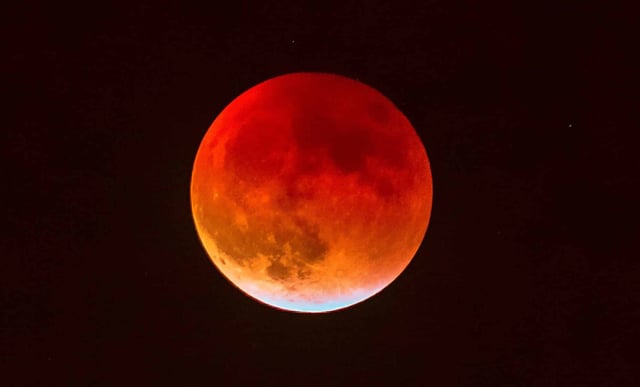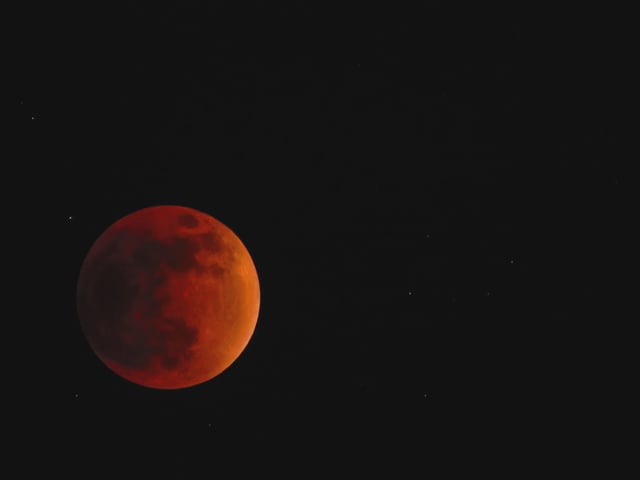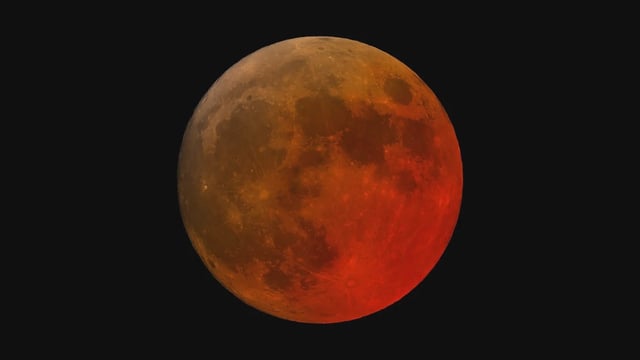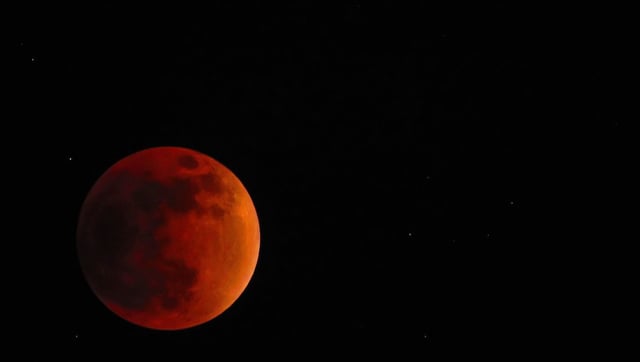Overview
- The eclipse will span the night of September 7–8 with totality lasting just over 80 minutes between 17:30 and 18:52 UTC
- An estimated 60 percent to 87 percent of the global population—more than six billion people—will see at least part of the event, depending on moonrise times and weather
- Earth’s atmosphere will refract sunlight into its shadow, filtering shorter wavelengths and casting a crimson hue on the Moon during totality
- In Chennai, observers can look east from 8:58 p.m. to 2:25 a.m. IST for a totality peak at 11:41 p.m., while in New York City the Moon will rise already in full eclipse around 7:15 p.m. EDT
- Enthusiasts are advised to consult NASA, Space.com and TimeandDate.com for precise timings and livestreams and can prepare for the next total lunar eclipse on March 3, 2026



